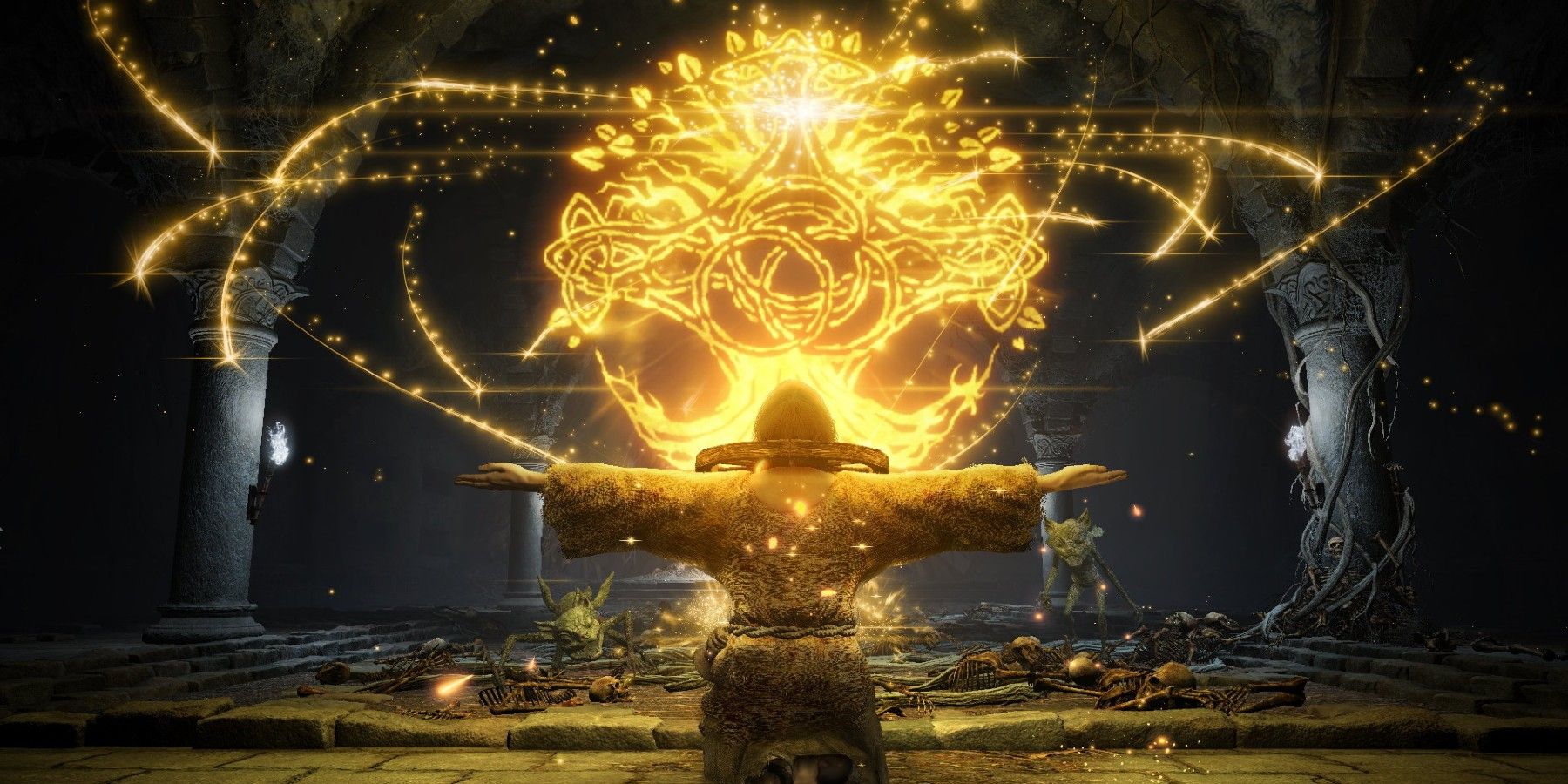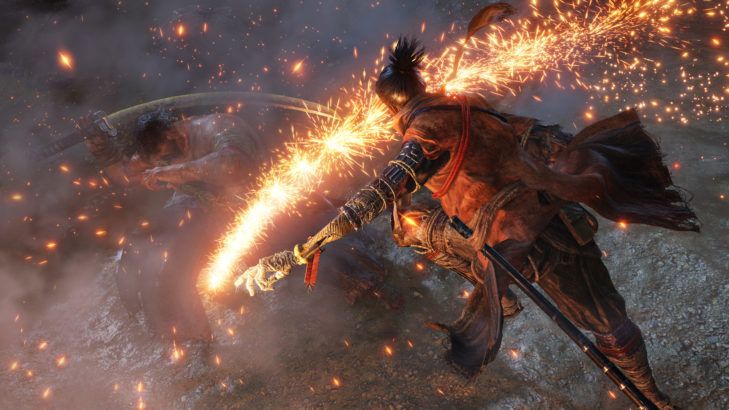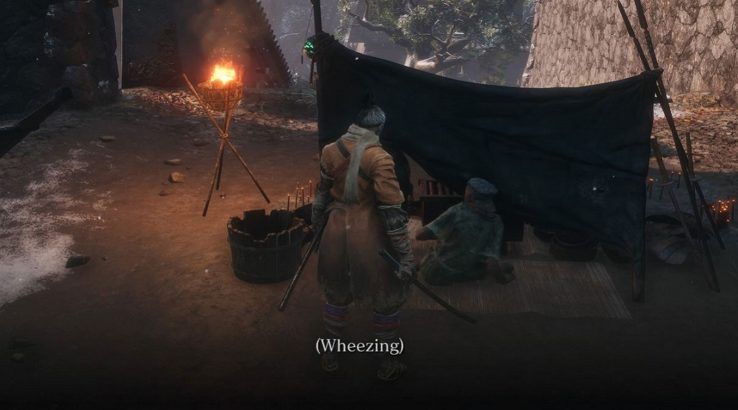Elden Ring is one of the most hyped upcoming releases in gaming right now. Its delay until February 2022 only seems to have whipped fans into even more of a frenzy of anticipation for the dark fantasy title.
However, Elden Ring could yet disappoint critics and fans if it doesn’t learn lessons from FromSoftware’s last major release, Sekiro: Shadows Die Twice. The samurai-themed action adventure game was released in 2019 to an overwhelmingly positive reception. However, several aspects of Sekiro have prevented the game from capturing fans' enduring attention in the same way as the developer's other classics Dark Souls and Bloodborne have.
Sekiro: The Samurai Soulslike
Sekiro: Shadows Die Twice brought some welcome changes to the long-established Soulslike formula, including the addition of a jump button to add verticality to the world and gameplay design, as well as stealth mechanics appropriate to the game’s samurai setting. These alterations were well received by fans and critics, with the game winning multiple game of the year awards and securing consistently high review scores.
The game also featured a notable departure from western fantasy settings like Dark Souls’ crumbling castles or Bloodborne’s gothic cathedrals, instead taking place in a fictional Japanese land at the end of the real-life Sengoku period. This clever blend of mythology with real Japanese history allowed FromSoftware to conjure a world rich in two of its signature traits: Skilled humanoid warriors battling to the death, and awe-inspiring, magical fantasy visuals.
Sekiro’s combat was also highly praised, once again reimagining the mechanics of its predecessors to focus more on aggressive attacks, perfectly-timed parries, and satisfying death blows. Sekiro’s samurai theme was once again ideally suited to the beautiful, balletic skirmishes that the game delivered.
Sekiro Issues Elden Ring Can Improve Upon
Despite the praise heaped upon Sekiro, the game did not escape criticism, and a number of its issues could prove detrimental to Elden Ring if they reappear. The first and most hotly debated is the question of difficulty: Sekiro was regarded as FromSoftware’s hardest ever title, which is a big statement for a developer renowned for its brutal and uncompromising releases.
Not only did Sekiro feature immensely challenging combat as well as no easy mode, but it even included a "hard mode" that could be toggled by ringing Ashina’s Demon Bell. Some critics believe that FromSoftware finally went too far with Sekiro, particularly after the game's infamously tough four-stage final boss encounter. If this difficulty level is retained or even further increased in Elden Ring, it might be enough to drive some fans away from the title.
Sekiro also received criticism for recycling some of its enemies. A number of Sekiro's bosses and mini-bosses reappear a second or even a third time later in the game, albeit re-skinned and re-named. Although many of these battles are optional, and there are limited examples of such asset reuse in the main story, players will be wary of Elden Ring adopting a similar approach, especially given the rich open world experience it has promised. Fans will expect variety and surprises from the new release, not necessarily the same enemies reappearing multiple times to populate a larger game world.
Another notable criticism levied at Sekiro was its lack of DLC. Although a recent update added an improved frame rate for PS5 players, and some additional gameplay elements such as a Gauntlet mode and alternative costumes, it was far from the rich world expansion fans were hoping for. FromSoftware’s DLC had previously been renowned for its size and quality, particularly Dark Souls 3’s “The Ringed City” and Bloodborne’s “The Old Hunters.” Players will expect equally unmissable DLC content to be released for Elden Ring once they have beaten the main game.
A final Sekiro issue that Elden Ring must avoid is a tendency to feature too many humanoid enemies and boss battles, rather than leveraging the fantasy aspects of its setting. While this was understandable given Sekiro’s real-world backdrop, some fans still wanted to encounter more enemies like the horrifying “Headless” or the pair of colossal Great Serpents.
However, despite its fantasy setting, a similar complaint was also aimed at another FromSoftware title when Dark Souls 2 pitted players against a seemingly endless array of armored knights. Fans will be looking to Elden Ring to include a more eclectic mix of foes, especially given the imagination FromSoftware has displayed in the creature design of some of its most memorable monstrosities.
Despite these issues, Sekiro: Shadows Die Twice is still a classic title for fans of the Soulslike and action adventure genres, and FromSoftware’s record with these sorts of games remains superlative. Fans eagerly awaiting the release of Elden Ring hope that this trend continues, and that some of Sekiro’s less successful elements are not repeated.
Elden Ring is currently in development.



